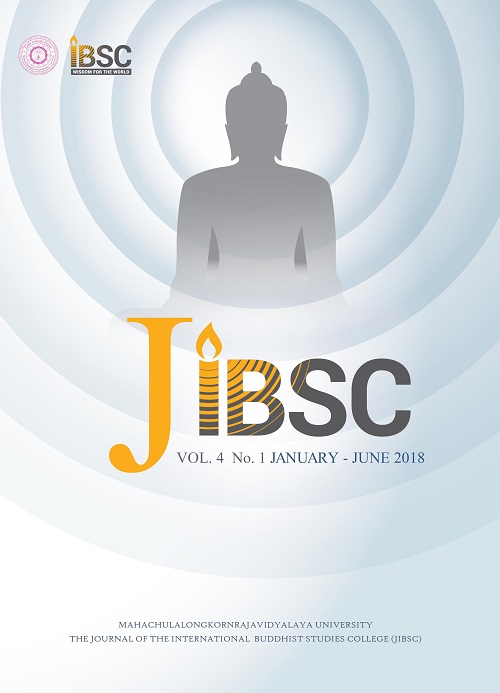Buddhist Transmission along the Silk Road: The Propagation of the Sarvāstivāda School in China
Main Article Content
Abstract
The Silk Road was historically one of the most influential network of trade routes for business, cultural and religious exchanges between East and West. Buddhism has entered into China during Han dynasty (206 BCE – 220 CE.) via Silk Road. The Chinese Emperor Ming (5875 CE.), second ruler of the Ming Dynasty, is credited as an early sponsor supporting the spread of Buddhism to China (Feng, 1966). Early scriptures found in archeological and scholarly works document the spread of four major Buddhist philosophical schools along the Silk Road: Sarvāstivāda, Sautrāntika, Vijñāṇavāda and Madhyamaka, or Śūnyatāvāda. Amongst the four aforementioned schools, Sarvāstivāda School was one of the most influential monastic group, flourished throughout Northwest India, Northern India, and Central Asia, which is currently known as Silk Road. The purpose of this paper is to explore the transmission and propagation of the Sarvāstivāda tradition along the Silk Road, and its impact on the development of Buddhism in China.
Article Details
The Journal of TCI is licensed under a Creative Commons Attribution-NonCommercial-NoDerivatives 4.0 International (CC BY-NC-ND 4.0) licence unless otherwise stated. Please read our Policies page for more information on Open Access, copyright and permissions.


